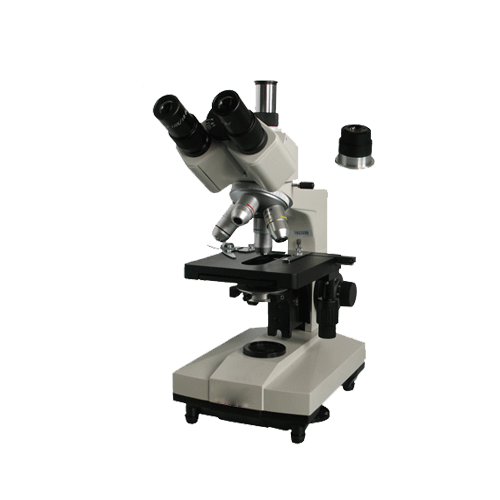原子力显微镜(AFM)是一种重要的表面分析仪器,它通过扫描探针在样品表面的微小力交互作用,获得高分辨率的表面形貌和力学性质信息。那么,原子力显微镜可以用来测量哪些元素呢?本文将详细介绍原子力显微镜在元素测量中的应用。
原子力显微镜可用于测量表面形貌和纳米结构。扫描探针在样品表面运动时,通过感应力和探针的偏转,可以获取样品表面的几何形貌。这意味着我们可以观察到材料的微观结构,如表面粗糙度、晶体结构以及纳米颗粒的排布等信息。无论是金属、半导体还是生物材料,利用原子力显微镜可以对各种样品进行高分辨率的表面形貌观察。
原子力显微镜还可以用于测量材料的力学性质。通过在探针和样品表面之间施加力,我们可以得到样品材料的弹性、硬度、粘性等物理力学性质。这对于材料科学研究和纳米技术应用非常重要。例如,在纳米材料设计中,利用原子力显微镜可以测量材料的弹性变形,从而确定其力学性质是否满足设计需求。
原子力显微镜还可以应用于元素的表面化学分析。通过在探针和样品表面之间引入化学反应,例如化学吸附、氧化还原等反应,我们可以获得元素的表面电荷分布以及化学键的形成和断裂情况。这对于研究表面催化、电化学反应、功能纳米材料等领域具有重要意义。

原子力显微镜是一种功能强大的仪器,可以用于测量多种元素的表面形貌、力学性质和化学特性。它在材料科学、化学、物理等领域的研究中起到了重要作用。随着技术的不断进步,我们可以期待原子力显微镜在元素测量中的更广泛应用与发展。
【参考译文】
Atomic Force Microscopy (AFM): What Elements Can it Measure?
Atomic Force Microscopy (AFM) is an important surface analysis instrument that provides high-resolution surface morphology and mechanical property information by scanning a probe across a sample's surface and measuring the tiny forces at the atomic level. So, what elements can be measured using an atomic force microscope? This article will provide a detailed introduction to the application of atomic force microscopy in element measurement.
Firstly, atomic force microscopy can be used to measure surface topography and nanoscale structures. By scanning the probe across the sample's surface, the geometric surface morphology can be obtained through the induced forces and deflection of the probe. This means that we can observe the microstructure of materials, such as surface roughness, crystal structures, and the arrangement of nanoparticles. From metals, semiconductors to biomaterials, atomic force microscopy allows high-resolution surface morphology observation of various samples.
Secondly, atomic force microscopy can also be used to measure the mechanical properties of materials. By applying force between the probe and the sample's surface, we can obtain physical properties such as elasticity, hardness, and viscosity of the material. This is crucial for materials science research and nanotechnology applications. For example, in the design of nanomaterials, atomic force microscopy can be used to measure the elastic deformation of the material, thereby determining whether its mechanical properties meet the design requirements.
Additionally, atomic force microscopy can be applied in surface chemical analysis of elements. By introducing chemical reactions between the probe and the sample's surface, such as chemical adsorption and redox reactions, we can obtain the surface charge distribution of elements and the formation and rupture of chemical bonds. This is of great significance for the research of surface catalysis, electrochemical reactions, functional nanomaterials, and other fields.
In conclusion, atomic force microscopy is a powerful instrument that can be used to measure the surface morphology, mechanical properties, and chemical characteristics of various elements. It has played an important role in the research of materials science, chemistry, physics, and other fields. With the continuous advancement of technology, we can expect the wider application and development of atomic force microscopy in element measurement.
